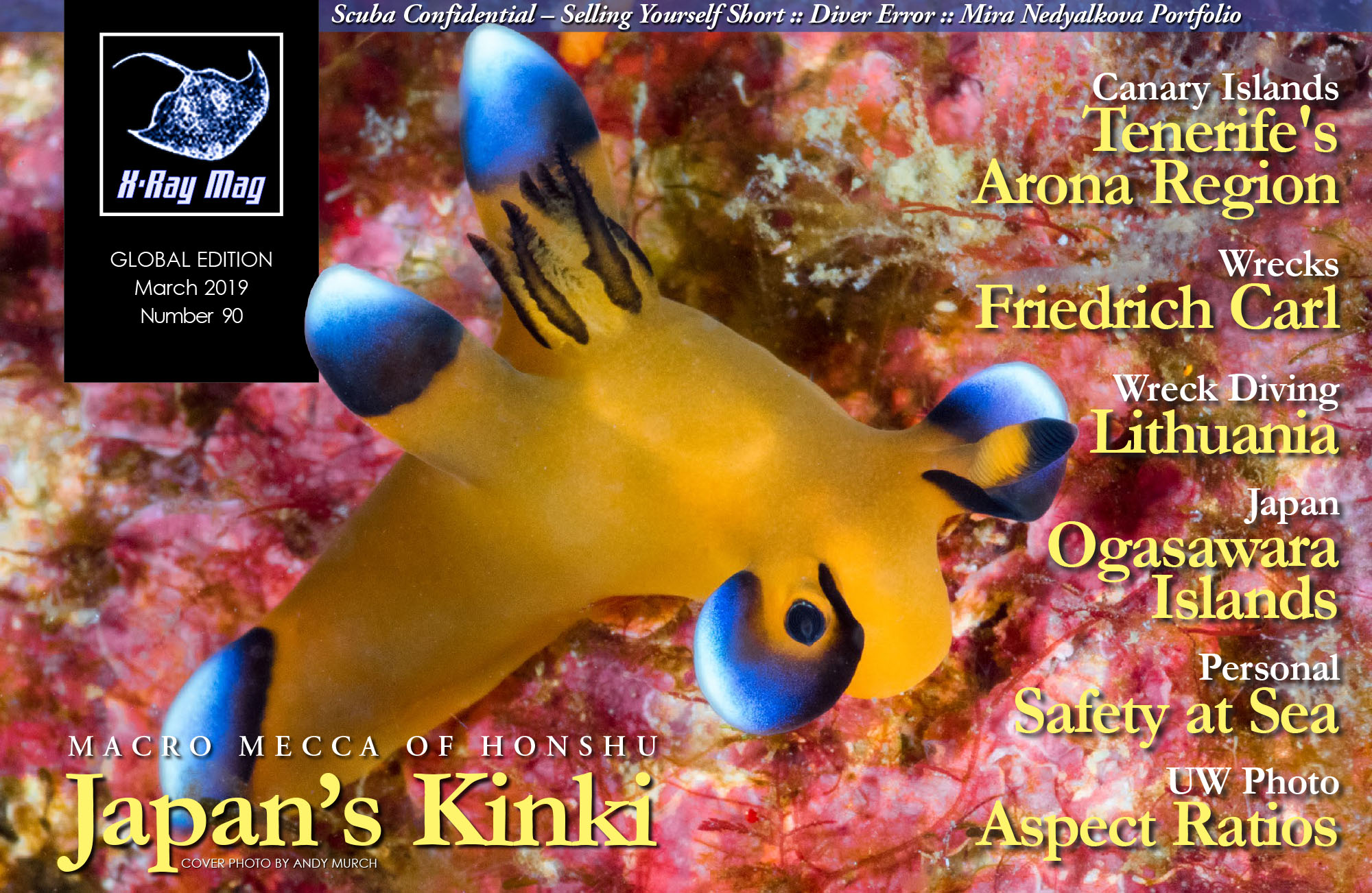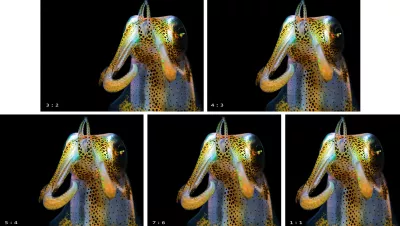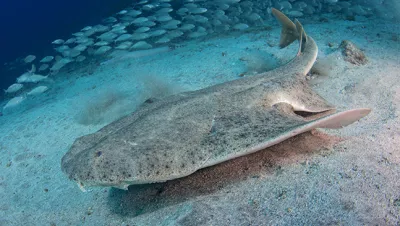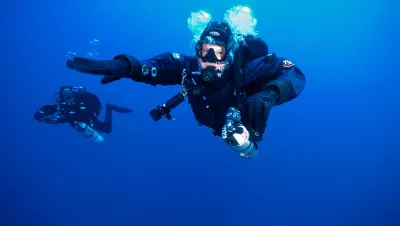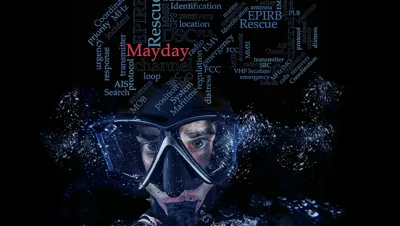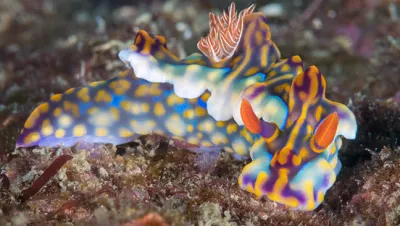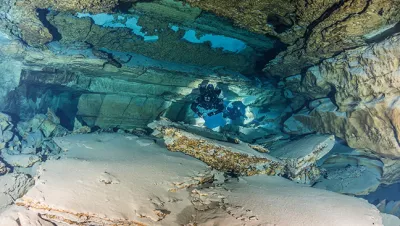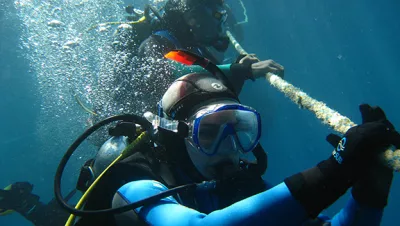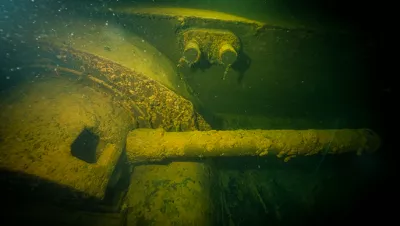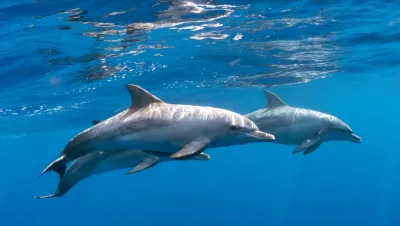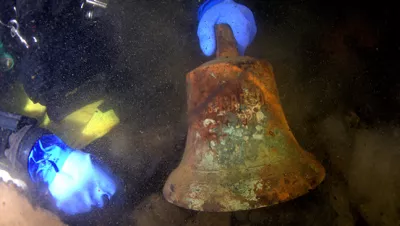The aspect ratio of an image often has a noticeable effect on the visual impact and thus can be considered a powerful tool of image composition. Some aspect ratios might nowadays be considered common, some might be considered “old school,” and what may be common today could be old school tomorrow. But in photography (including underwater photography), it always pays to give image aspect ratios some deeper thought, especially when considering image composition.
